There’s a just-right amount of something we seek in the backcountry. And to quote directly from the great THR contributor Pete Vordenberg, “More information is better.” And as Pete is not here to defend himself or otherwise entertain me, I’m going to take some liberties that I think he’d agree with, and add this qualifier: More information is better some of the time.
And more information, sometimes, means holding back, just enough. In the second edition ofSecond Edition Peaks & Couloirs of Southwest Montana by Chris Kussmaul, in my opinion, which I’m aware some might disagree with, Kussmaul hits a sweet spot between the enough part and just-enough part, and never more than enough.
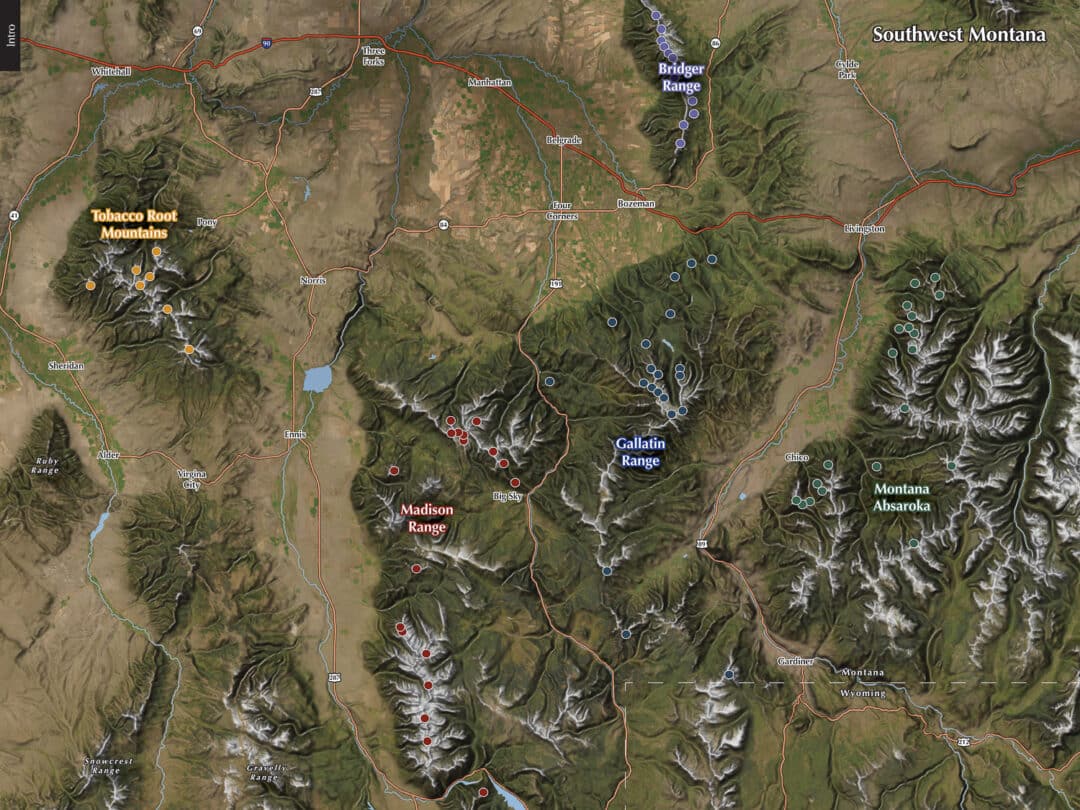
I am not currently living in Montana, so my skin in the game regarding the gatekeeping or the social media spray is only as deep as I care about good guidebooks. I did, however, spend my formative years there as a novice ski tourer and can attest that beta was both difficult to come by and, even then, somewhat useless unless I had days to bushwhack, skin on Forest Service roads, or just generally get skunked. I recall an axiom amongst my friends that went something like this: The sixth time, or maybe the ninth, is the charm. So I care that there’s a balance between recognizing the shoulders we stand on and allowing readers of a guidebook to have their own adventure. You’ll find that balance in Peaks & Couloirs.
Organizing Principles
The guidebook is organized into the major Southwest Montana ranges, absent the Beartooths. (You’ll have to listen to our podcast interview with Kussmaul to get the skinny on that. The short version is that he deferred to the local cohort who felt this zone should remain, for the time being, unpublished in a guidebook.) Those ranges include the Gallatin, Madison, Montana Absaroka, Bridgers, and Tobacco Roots.
Kussmaul introduces basics about the geology (via a guest essayist), the general snowpack and Snotel info, an excellent primer on public land easements and private land, capped with a fine essay on the checkerboarding in and around Big Sky, and a short, if not excellent, primer on the land use issues in the Crazy Mountains, which are not, however, extensively featured in the Peaks & Couloirs. To those who know Kussmaul, this may come as no surprise, as he appears preternaturally curious and works in the dry season as a geologist and hydrological consultant with an interest in land use.
Holistically, Kussmaul introduces each range with a range-scale map and then gets more granular with sub-chapter map, and individual route maps. He covers 73 unique entries (what Kussmaul refers to as basins or peaks). These entries display excellent photographs with ski lines (and sometimes skin lines) delineated. Like a good climbing guidebook, his “just enough” beta includes quick stats which outline the following: Trailhead, Distance to Summit, Vertical Gain, Summit Elevation, Trailhead elevation, Traffic (as in how crowded it may be), Time (as in average duration for the car to car day), Complexity, and Quality. Kussmaul’s complexity scale runs from 1-4 with some clever nomenclature to boot: 1=Minnesota Ready, 2=I Should Write a Guidebook, 3=Lil’ Bit Western, and 4=Is this Skiing? The quality scale, like complexity, is subjective, but it serves the function of stars in climbing guidebooks to denote the meh all the way to the classics. (Also know, as you likely do, snow conditions matter.)
Each mountain/route profile also includes how to find the trailhead, a route description (that includes basic beta for skinning/approaching and descending), “Exit Notes” for how to get back to the trailhead, and then a brief description(s) of the descent(s), which includes a “ski difficulty rating (easy, moderate, advanced, extreme). The guidebook’s introduction includes descriptions of Kussmaul’s complexity and difficulty scales.
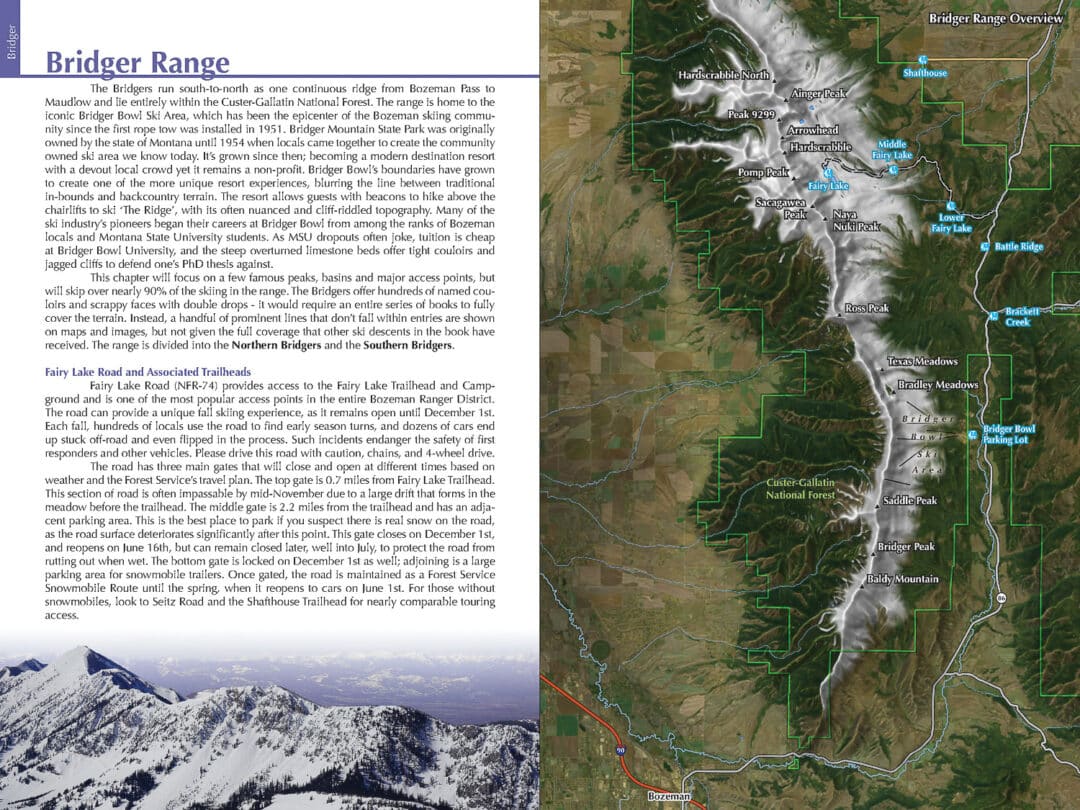
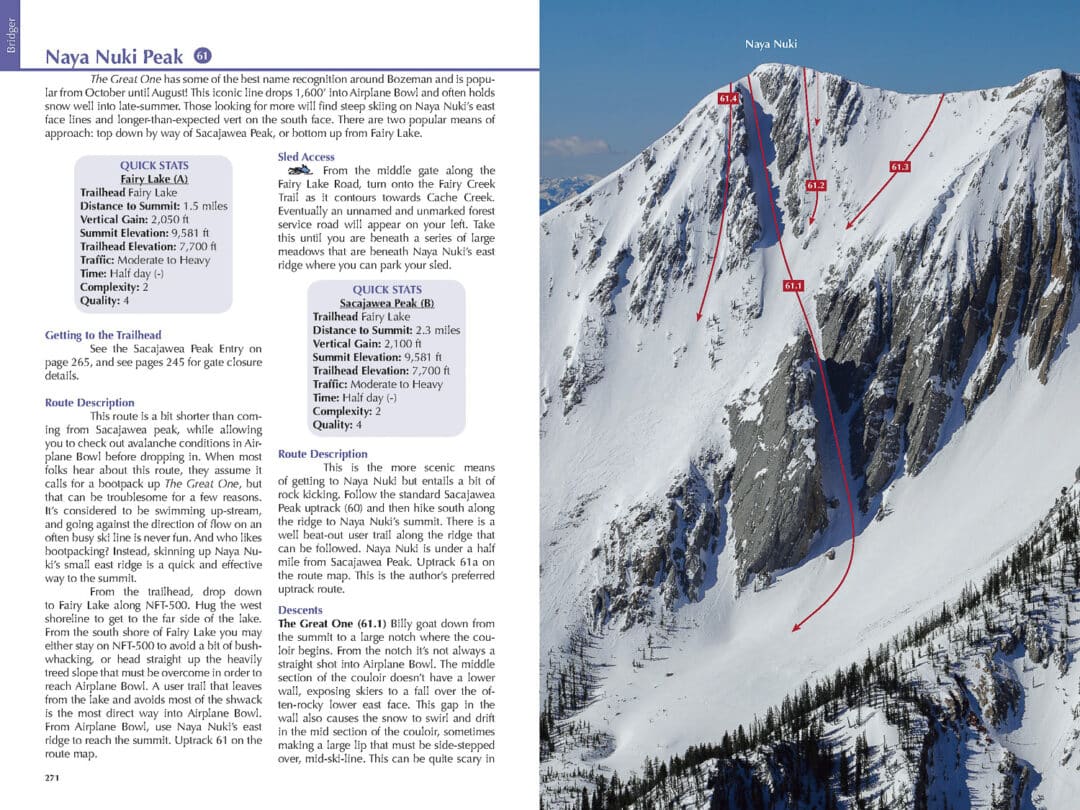
There are solid and appreciated touches throughout the guidebook. Doug Chabot, former head of the Gallatin Avalanche Forecast Center, writes a pithy and self-deprecating introduction. Former Bozeman local and now Alps-badass guide Kristoffer Erickson has two feature essays. Gabrielle Antonioli writes about Hylaite Canyon, and Dr. Shane Doyle provides vital information by contexulaizing indigenous people and their relationship to the Crazy Mountains.
The Effort and Execution
It goes without saying that in any community, especially a core community like Bozeman, there will be pushback toward guidebook authors. What folks have here in the second edition of Peaks & Couloirs is the culmination of a meticulous and thoughtful effort to document. From my estimation—from many, many miles away from the region—is that this is not a tell-all. The sense I get, after speaking with several people in the community, is that Kussmaul’s presentation is more a celebration of the amazing folds and uplift and potential in a wide and vast region where the beta is most often, at least historically, jotted down in journals, emails, and ephemeral text and bar conversations. From a legacy perspective, I think Kussmaul is onto something. It’s that analog guidebooks have a place. And that it takes a special caretaker to do it right. Someone to shepherd the information with care. There is nothing, as far as I can tell, that is half-baked in Peaks & Couloirs.
I imagine some will say there is not enough beta. And others will retort there’s too much. Kussmaul’s effort and execution here prove that in the proper hands, a guidebook can be just right.
The price is commensurate with the effort and execution. You’ll drop $49.99 on the book. You can order it here.


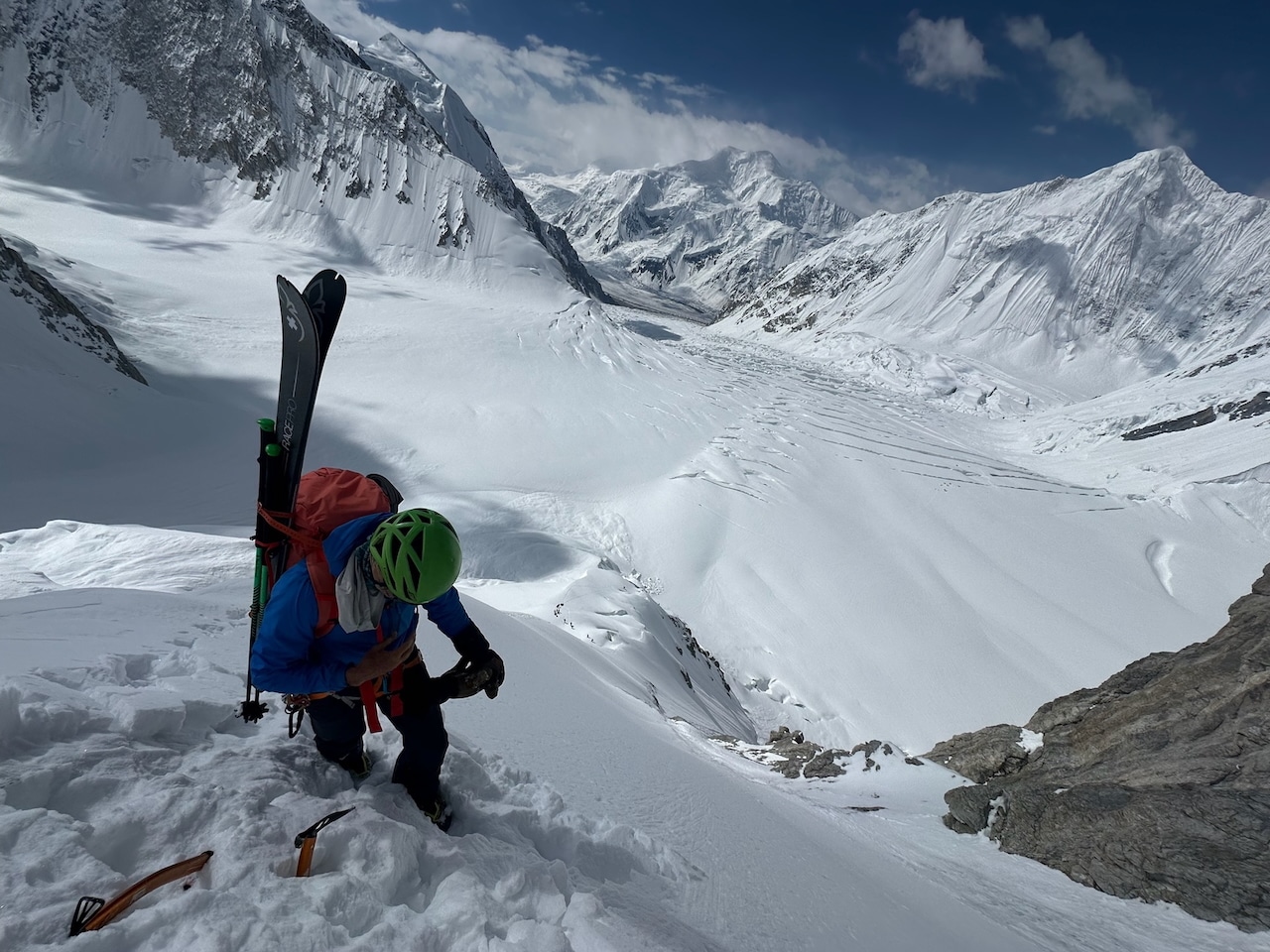
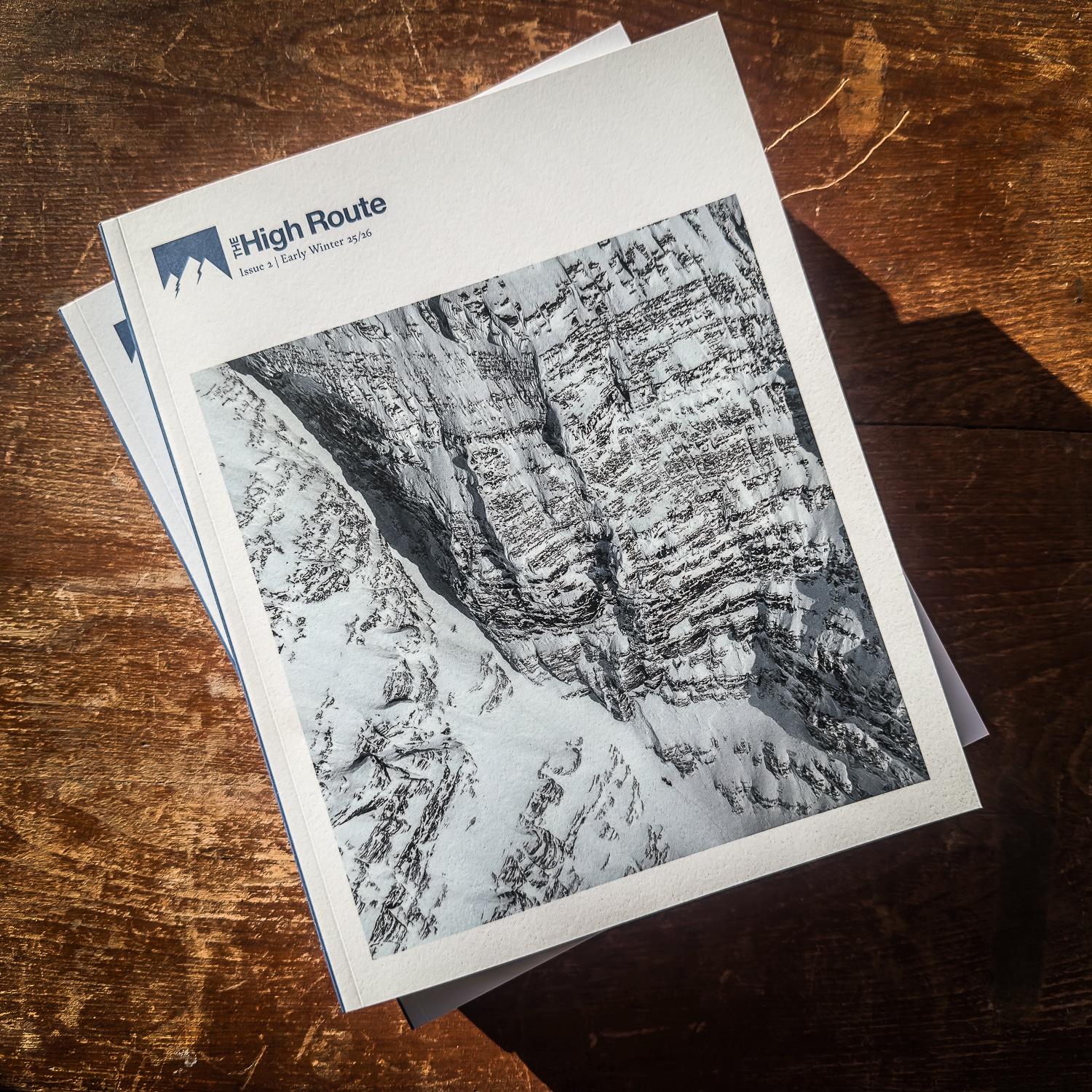
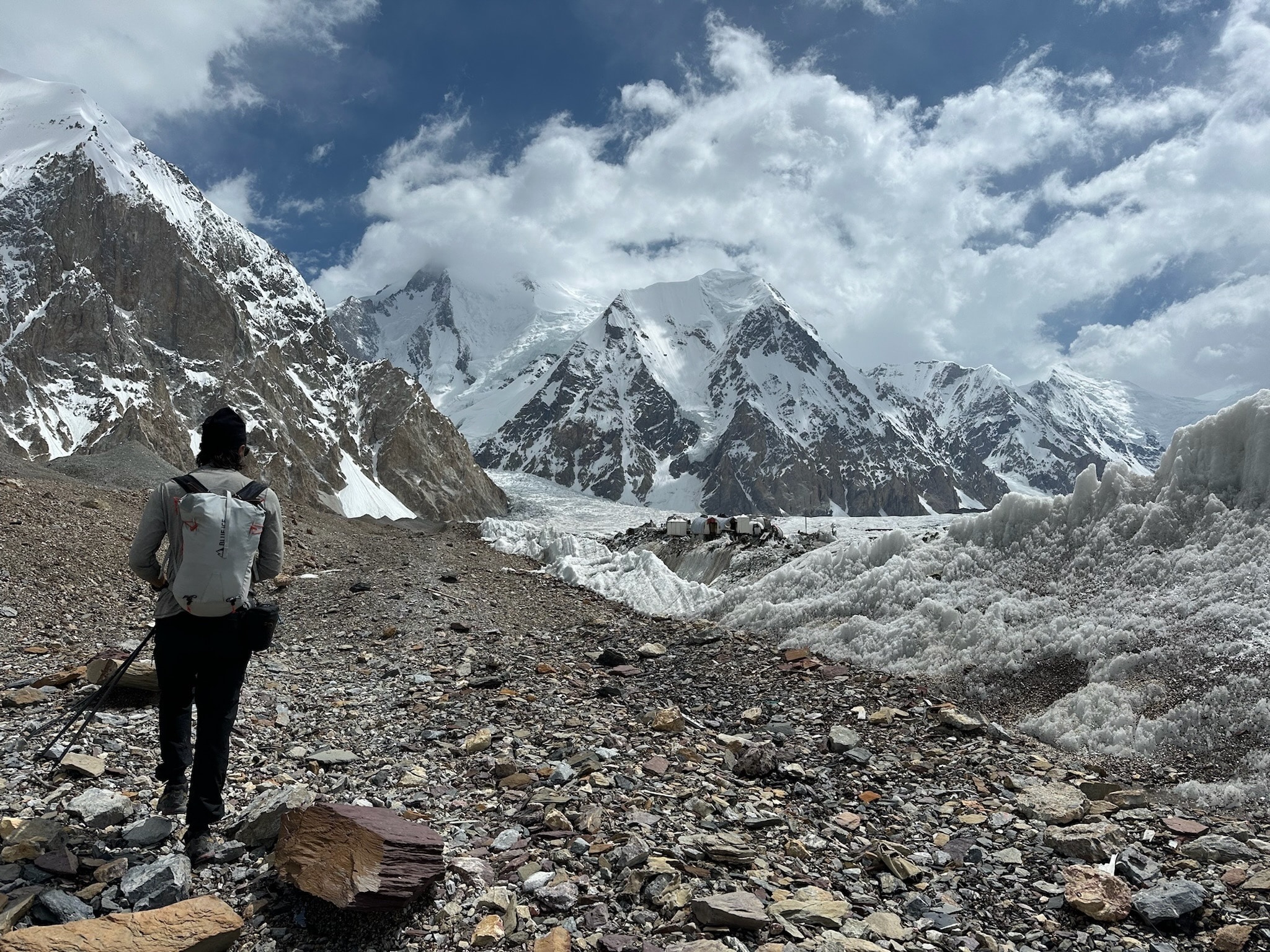
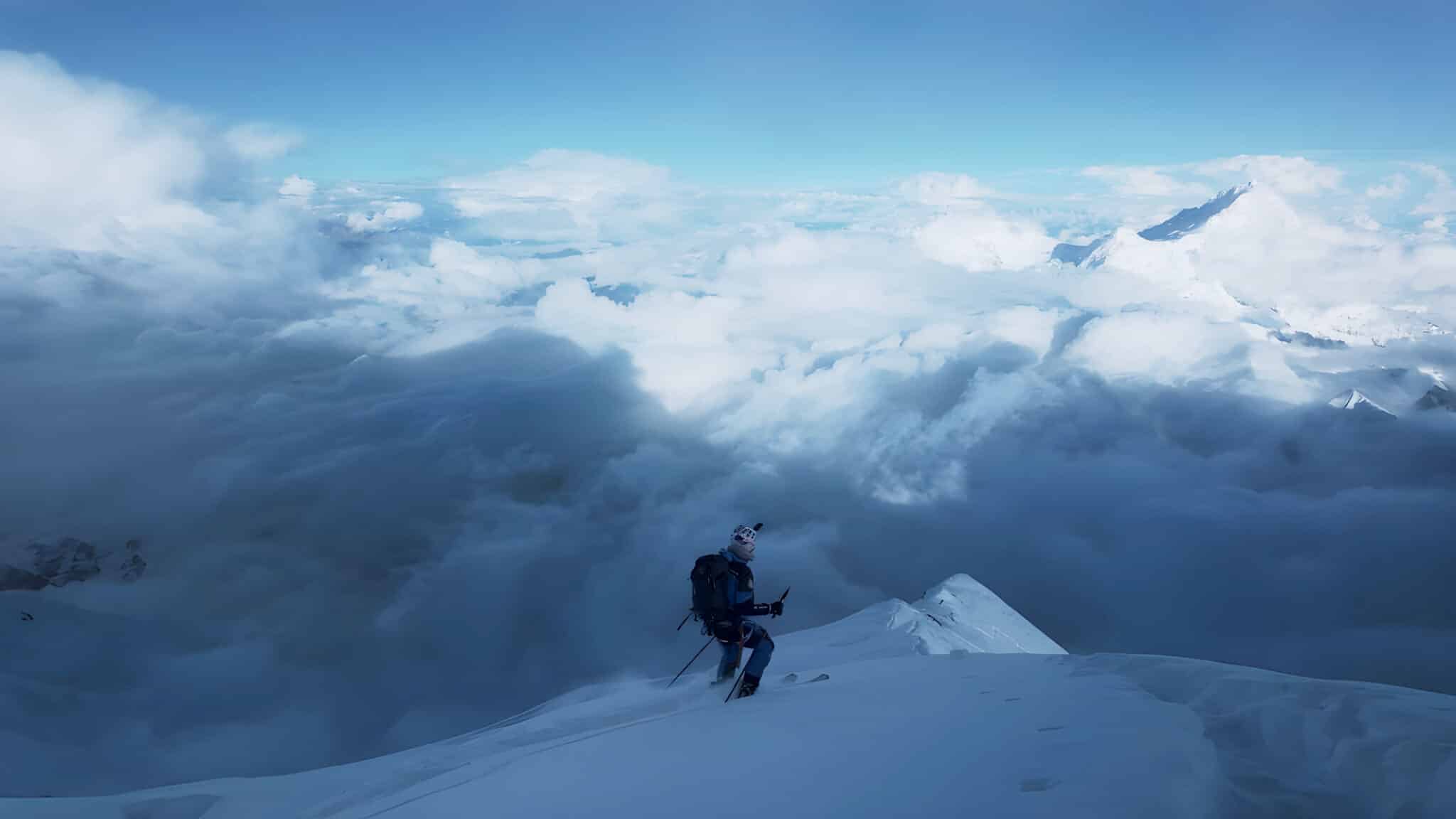
Leave a Reply
You must be logged in to post a comment.